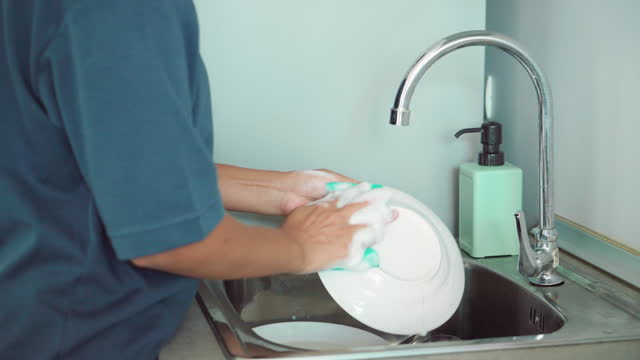
How to Save Water in Bathroom Efficiently for Tech Enthusiasts
Share
In today's world, where technology permeates every aspect of our lives, it's crucial to integrate smart solutions even in our everyday practices. One such area is the bathroom, where water usage is at its peak. Understanding how to save water in bathroom settings is essential for tech professionals and enthusiasts who are keen on marrying innovation with sustainability.
Water conservation is not just an environmental concern but a technological challenge that can be met with modern solutions. Let's dive into some effective strategies that can help you conserve water and reduce your environmental footprint.

Understanding the Importance of Water Conservation
Before we explore the various ways to save water, it's essential to understand why water conservation is critical. In many parts of the world, water scarcity is a pressing issue, impacting millions of lives. For tech-savvy individuals, the challenge lies in finding innovative solutions to reduce water usage without compromising on convenience and efficiency.
Technology can play a pivotal role in addressing this concern by providing tools and systems that optimize water usage. From smart faucets to automated monitoring systems, the possibilities are endless.
Smart Solutions for Water Saving
Tech professionals can leverage a variety of smart solutions to save water in the bathroom. Here are some tech-savvy ways to reduce water usage:
1. Smart Faucets and Showerheads
Investing in smart faucets and showerheads can significantly reduce water usage. These devices are equipped with sensors that detect motion and automatically turn off when not in use. This not only saves water but also enhances user convenience.
Additionally, some smart showerheads come with features that allow users to set water flow limits and monitor usage. This data can be used to identify patterns and make informed decisions about water consumption.
2. Automated Leak Detection Systems
Leaks are a major source of water wastage in bathrooms. By installing automated leak detection systems, you can easily identify and fix leaks before they become significant issues. These systems use sensors to monitor water flow and alert users if any anomalies are detected.
For more insights on sustainable home automation, visit Eco-Friendly Home Automation.
3. Water-Saving Toilets
Modern toilets are designed to use less water per flush. Dual-flush toilets, in particular, offer two flushing optionsone for liquid waste and another for solid wastethereby saving a significant amount of water. Incorporating these toilets into your bathroom design can lead to substantial water savings.
Learn more about bathroom remodeling techniques for water conservation by visiting Bathroom Remodeling.
The Role of IoT in Water Conservation
The Internet of Things (IoT) is revolutionizing how we manage water usage. By connecting various devices and systems, IoT enables real-time monitoring and control of water consumption. Here are some IoT-based solutions for water conservation in the bathroom:
1. Smart Water Meters
Smart water meters provide detailed insights into water usage patterns. By analyzing this data, users can identify areas of improvement and implement strategies to reduce consumption. These meters also help in detecting leaks, ensuring prompt action is taken.
2. Automated Irrigation Systems
While primarily used for gardens, automated irrigation systems can also be applied to bathroom settings. These systems can be programmed to water plants at specific times, ensuring no water is wasted. For more tips on water-smart gardening, visit Water Smart Gardening.
Explore more ways to conserve water at home by visiting EPA WaterSense.
Behavioral Changes for Water Conservation
While technology plays a significant role in water conservation, behavioral changes are equally important. Here are some simple yet effective ways to reduce water usage:
1. Turning Off the Tap
One of the simplest ways to save water is by turning off the tap while brushing teeth or shaving. This small habit can lead to significant water savings over time.
2. Shorter Showers
Reducing shower time can significantly decrease water usage. Consider setting a timer or using a water-efficient showerhead to minimize water consumption.
Conclusion
As tech professionals and enthusiasts, it's our responsibility to embrace innovative solutions that promote sustainability. By understanding how to save water in bathroom settings, we can make a significant impact on the environment. Incorporating smart technologies and adopting water-saving habits are crucial steps towards achieving this goal.
For more sustainable home automation solutions, explore ROI on Sustainable Home Automation.

FAQs
1. What are the benefits of using smart faucets?
Smart faucets help in reducing water wastage by automatically turning off when not in use. They also offer convenience and can be integrated with smart home systems for better control.
2. How can IoT help in water conservation?
IoT enables real-time monitoring and control of water usage through connected devices. This allows for better management of resources and immediate detection of leaks or wastage.
3. Are dual-flush toilets effective in saving water?
Yes, dual-flush toilets are designed to use significantly less water per flush, making them an efficient choice for water conservation in bathrooms.
